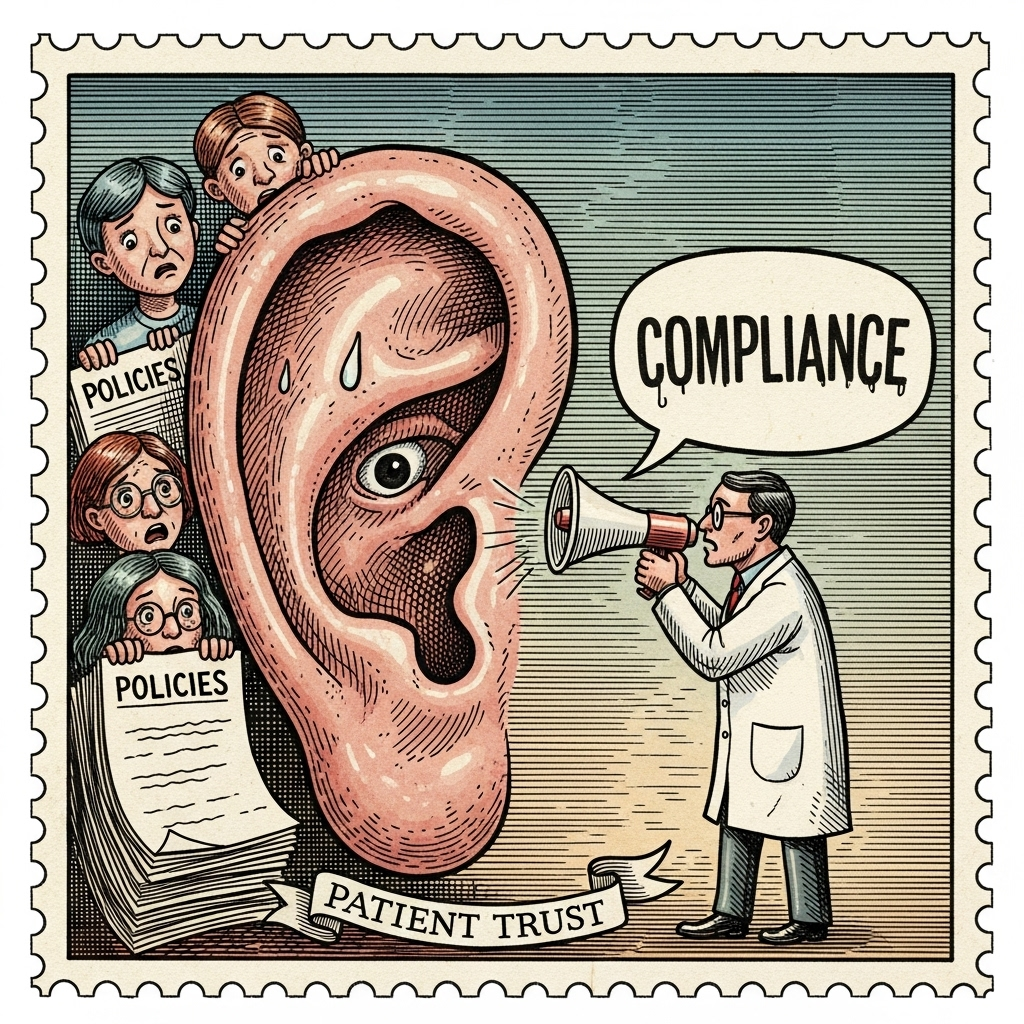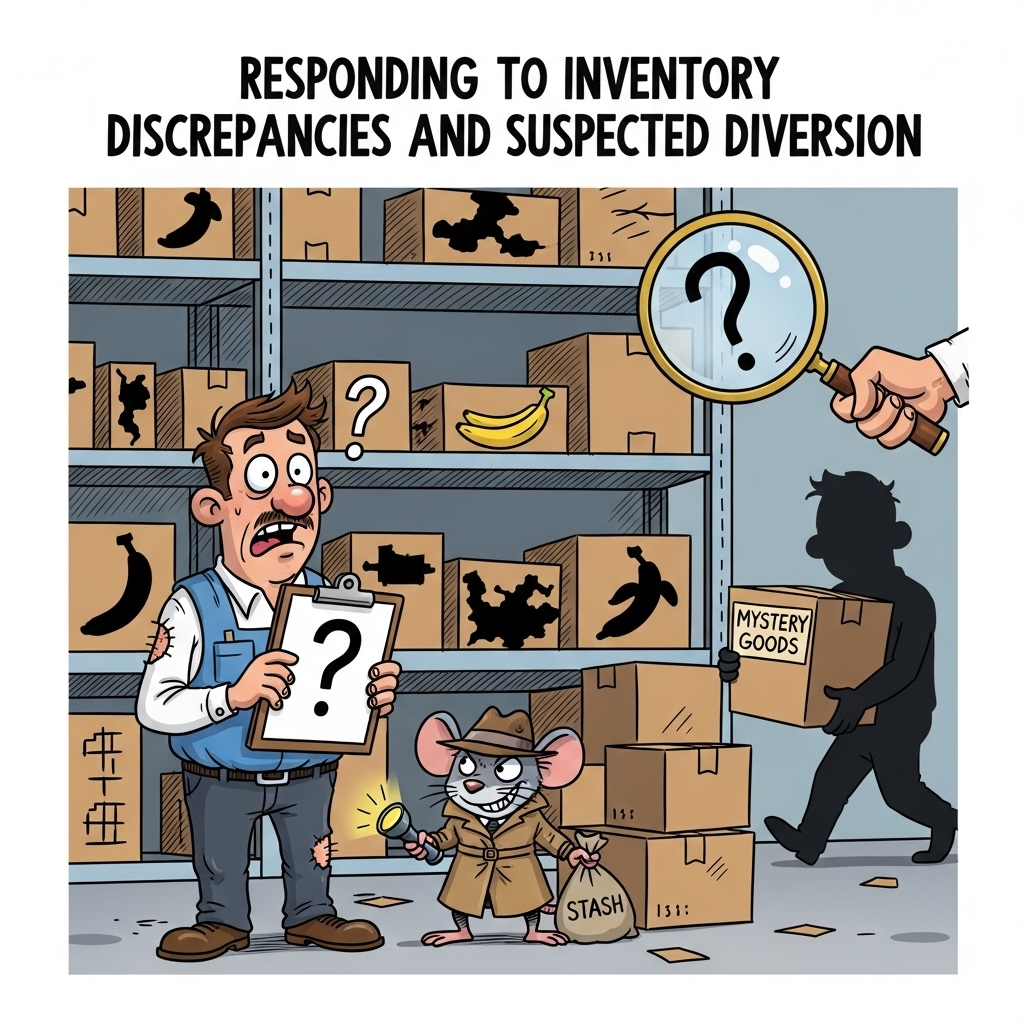
How to Communicate Compliance Policies Without Losing Patient Trust
Doug Jorgensen
April 7, 2025
Introduction: The Balancing Act
In controlled substance management, compliance policies are non-negotiable.
The challenge is making sure patients understand these rules without feeling judged, targeted, or mistrusted.
How you communicate your policies often matters as much as the policies themselves.
Why Communication Matters
- Prevents Misunderstanding – Patients are less likely to see policies as arbitrary if they understand the “why.”
- Reduces Pushback – Clear, respectful explanations help patients accept requirements.
- Builds Trust – Transparency reinforces that your goal is safety, not punishment.
- Protects Compliance – Well-communicated policies are easier to enforce consistently.
Step 1: Set Expectations Early
- Introduce Policies at the First Visit – Include them in new patient packets and discuss them face-to-face.
- Use Plain Language – Avoid medical jargon when explaining requirements.
- Be Transparent About the Reasoning – “We do this to keep you safe and compliant with state law” is more effective than “It’s just policy.”
Step 2: Frame Policies Around Patient Safety
Instead of:
“We have to check the PMP every month because it’s required.”
Say:
“We review the state prescription monitoring database each month to make sure all your medications are working together safely and there are no dangerous interactions.”
Step 3: Use Written Agreements Effectively
- Provide a Controlled Substance Agreement that explains expectations in writing.
- Review it together and invite questions before the patient signs.
- Keep a signed copy in the record and give one to the patient.
Step 4: Reinforce Consistently
- Remind Patients at Follow-Ups – For example, “We’ll do your routine urine drug test today as part of your ongoing safety monitoring.”
- Stay Consistent Across Patients – Avoid making exceptions that could be perceived as favoritism or inconsistency.
Step 5: Be Ready for Pushback
If a patient objects:
- Acknowledge the Concern – “I understand it can be inconvenient.”
- Restate the Purpose – “This helps ensure your treatment is safe and effective.”
- Offer Support – Provide resources or work with the patient to address logistical barriers.
Step 6: Make Policies Part of the Culture
- Train all staff to communicate policies in the same way.
- Ensure front desk, nursing, and provider messages are aligned.
- Use patient-friendly handouts and website content that reinforce compliance expectations.
Common Mistakes to Avoid
- Springing Requirements on Patients Mid-Treatment – If new policies are introduced, explain them thoroughly before implementation.
- Using a “Because I Said So” Tone – This erodes trust quickly.
- Being Inconsistent – Patients will notice if rules apply to some but not others.
Benefits of Good Policy Communication
- Improves patient cooperation and adherence.
- Reduces confrontations and complaints.
- Strengthens the defensibility of your compliance program.
- Builds long-term patient relationships based on transparency and mutual respect.
Final Thoughts: Compliance and Trust Can Coexist
Patients want to know that their provider is competent, caring, and consistent.
By explaining compliance policies clearly and framing them around patient well-being, you can enforce rules without eroding trust.
The right words, delivered with respect, can turn a policy from a point of friction into a sign of professionalism.
About the Author
Douglas J. Jorgensen, DO, CPC, FAAO, FACOFP
Dr. Doug is a physician, consultant, and national educator on healthcare compliance, patient communication, and controlled substance policy implementation. He teaches providers how to maintain strict compliance standards while preserving strong patient relationships.


